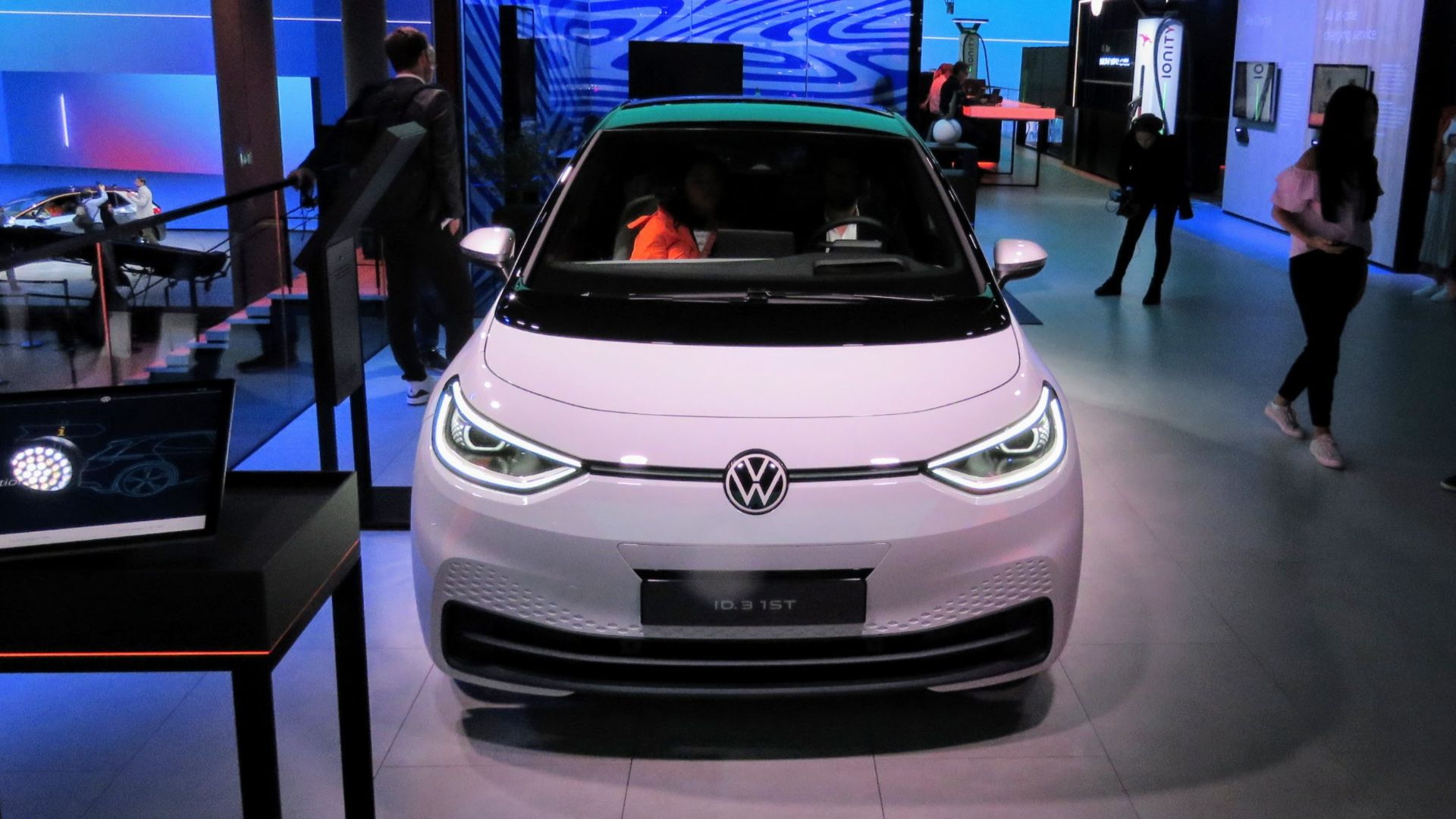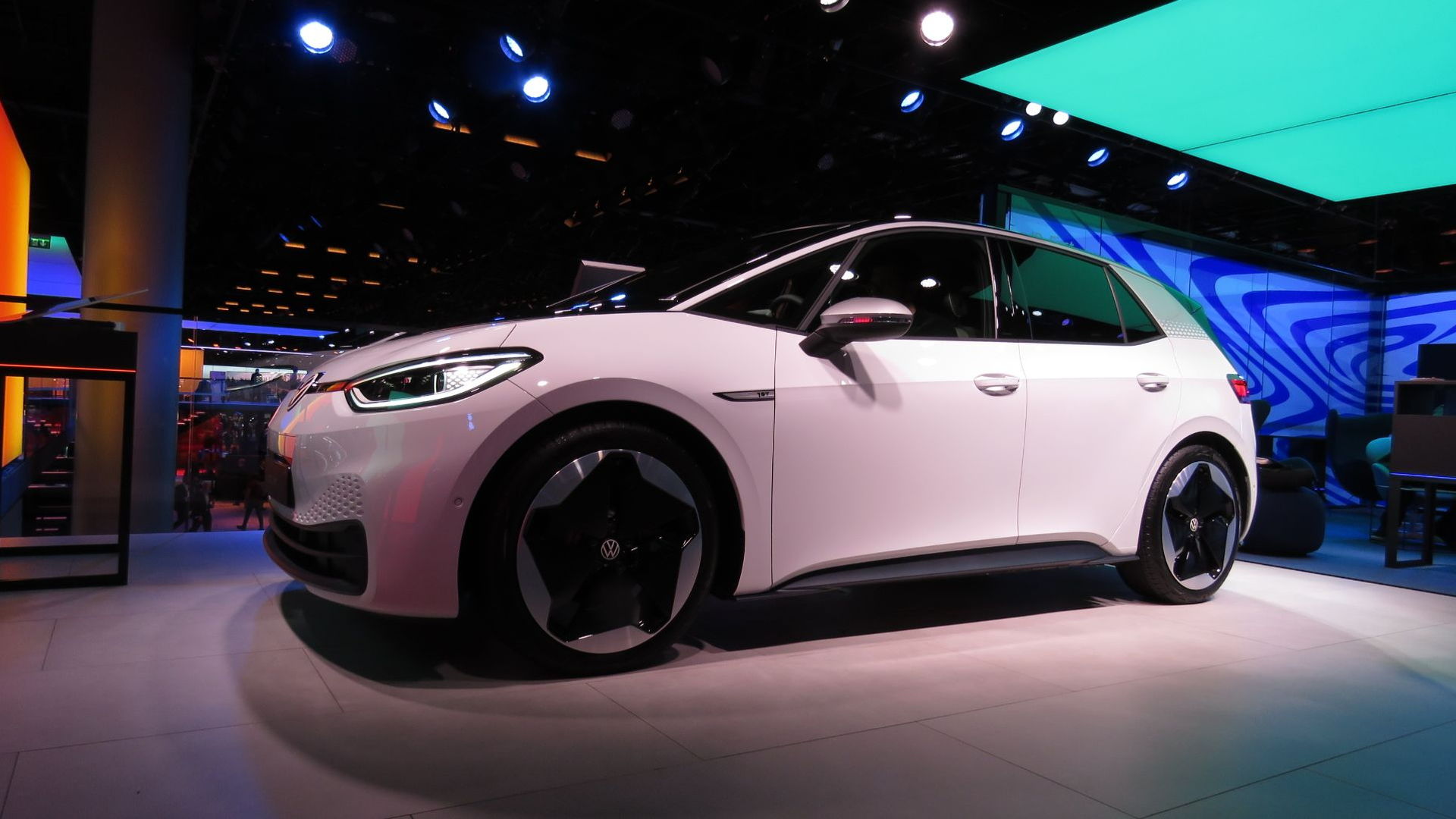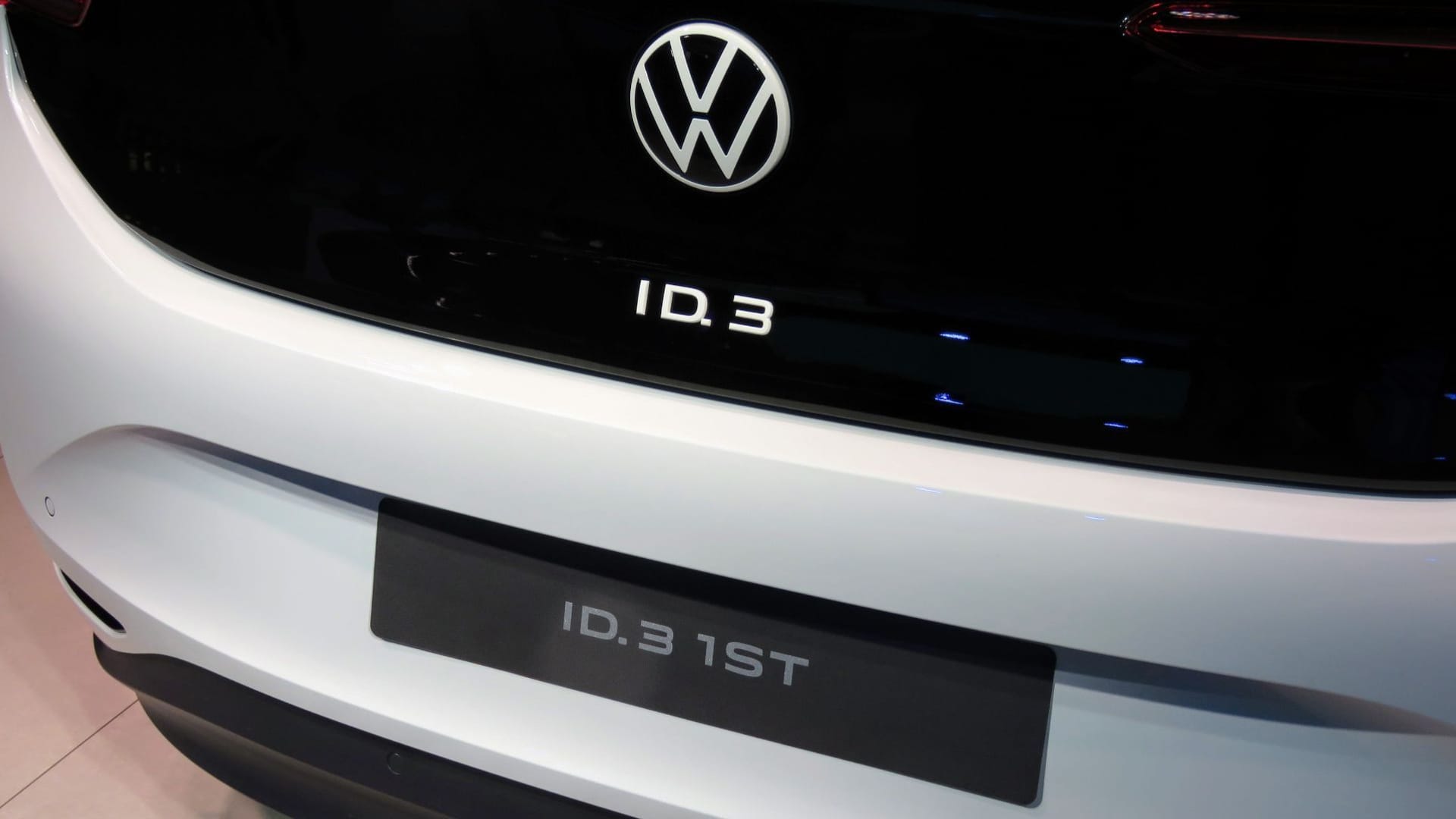With its first ground-up electric effort, Volkswagen chose to produce a car that is conventionally practical while embracing the high-tech approach taken with many EVs. One of the ID 3's unique features is an intelligent LED-based communication system designed to deliver alerts and status updates in a simple, easily interpreted manner.
The system is inspired by the LEDs you find on smart home devices. It illuminates in different colors and patterns for different notifications, and reacts to voice prompts with directional animations to indicate whether it is listening to the driver or passenger for additional input.
The LED strip is integrated with just about every vehicle system, including navigation, driver assistance features, infotainment and even the powertrain.
While it may sound like something out of "Independence Day," the interplay is far more innocuous—not to mention productive. Per VW, strategic lighting design in a car's interior can lend it additional character. Long-time VW fans surely remember the company's use of light blue gauge illumination as a long-standing interior signature.
"For all its innovativeness, ID. Light functions intuitively by using familiar colours. This use of light, makes the vehicle more ‘personable’ and is a very simple and intuitive way of communicating," says VW UX designer Valentina Wilhelm.
Volkswagen included some of the basic animations in a feature overview released Wednesday. Entry and exit are accompanied by animations reminiscent of a television being turned on and off. Door locking is indicated by an inward red animation; unlocking goes the opposite direction and appears in green. An upcoming turn is indicated by a blue effect running in the desired direction, and an emergency braking indicator is a full-width flash of red. Other notifications modes include incoming telephone calls and battery charge status.
The ID 3 will launch in Europe next year, and while it might eventually be brought to Canada, no U.S. distribution is likely. The first vehicle member of the ID family, a model to be called ID 4 (or ID 4X), hasn't yet been detailed, but look for ID models to share some common interface traits—and this might very well be one of them.


















